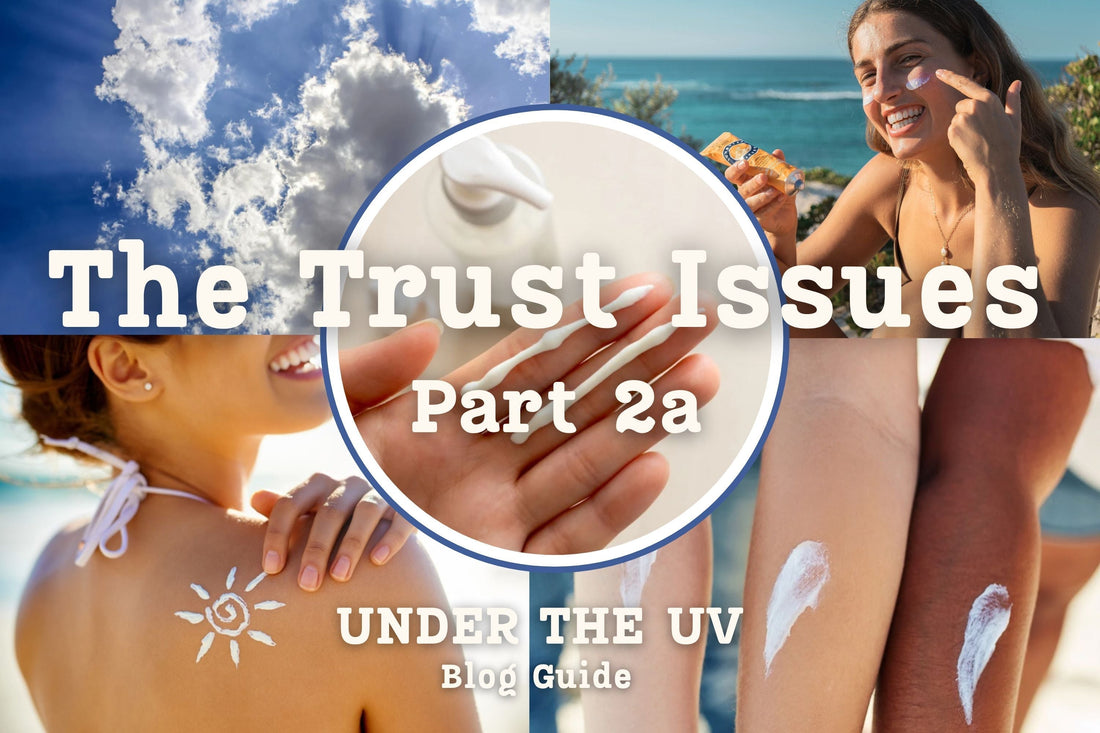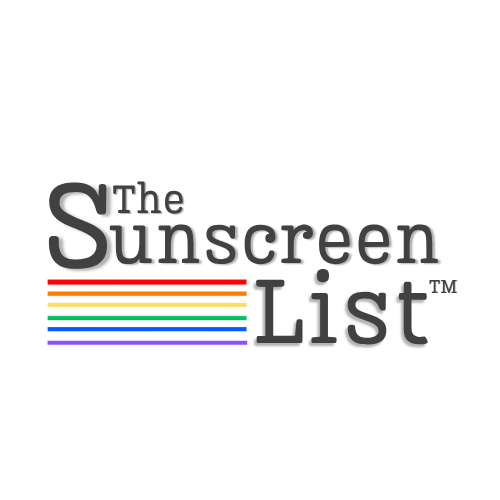
The Trust Issues - Part 2a The Truth About SPF Levels + Learn how SPF really works
Share
THE TRUST ISSUES, PART 2a
The Truth About SPF Levels
Know what those SPF numbers really mean, why proper application wins over chasing high figures, and how trusted labels make all the difference in your sun care routine.
Read time: ~2 minutes
💬 How much SPF is enough?
💄 The Lip Balm Moment
You grab a lip balm before school drop-off.
SPF 50+, perfect! Except by lunchtime your lips still feel dry.
So what gives?
Because the truth about SPF isn’t about chasing the biggest number — it’s about how you actually use it IRL.

Image of woman at beach with mineral SPF lip balm and sunscreen made with Non-Nano Zinc (Active), Cocoa Butter, Natural Oils and Tasmanian Kelp Extract. product by SunButter Skincare.
☀️ Honest SPF Starts with Honest Labels
If a product says SPF 50, it should be SPF 50 — tested, proven, and labelled correctly.
That’s what the TGA checks before a sunscreen hits shelves in Australia. (They don't actually conduct the tests).
But outside the lab, protection depends on how much you apply, how evenly, how often, and how long it stays on your skin (or your coffee cup).
The number matters — but how you use it matters more.
🌈 SPF Levels in Action
| SPF | UVB Protection | Real-World Use |
|---|---|---|
| SPF 15 | ~93% | Great for quick outings and lips — reapply often |
| SPF 30 | ~97% | Strong daily protection — Cancer Council’s minimum |
| SPF 50 | ~98% | Slightly higher, still needs reapplying |
| SPF 100 | ~99% | Marginal gain, more actives — use with awareness |
(Data: ARPANSA, Cancer Council, TGA)
That 1–2 % difference between SPF 30 and SPF 50 doesn’t mean double the protection — just a few extra minutes if applied perfectly.
So SPF 15 lip balm isn’t “weak.” It’s realistic — made for short bursts of sun, not all-day exposure.
💬 Everyday Use ≠ Lab Conditions
In testing, SPF is applied thickly — 2 mg/cm² of skin.
In reality? Most of us use half that, sometimes less.

Image of young woman confidently applying mineral reef-safe sunscreen to her face at the beach. Photo by SunButter Skinscare.
🧴 Coming Soon: SunSafe® Category #7 — SPF Level Confidence Index
A new badge for how sunscreens perform under real-life UV and water conditions, sitting beside our categories: Active, Reef, Eco, Beauty, Junior, and Sensitive.

See the tick, trust The List™
🔗 Learn More
- TGA: Sunscreen Regulation in Australia
- TGA: Understanding Therapeutic Sunscreens
- TGA: SPF Testing Info for Consumers
- The Guardian: 2025 SPF Investigation
-
Zinc Oxide for Sunscreen set to grow as the innovative choice for SPF
✅ Fact Check Quickies
- The U.S. hasn’t approved a new UV filter in almost 20 years.
- Only zinc oxide and titanium dioxide are FDA-recognized as GRASE.
- Filters like oxybenzone, homosalate, avobenzone, and octocrylene are absorbed into the bloodstream.
- Mineral filters remain the safer choice when properly formulated.
Catch up on the earlier additions of The Trust Issues:




